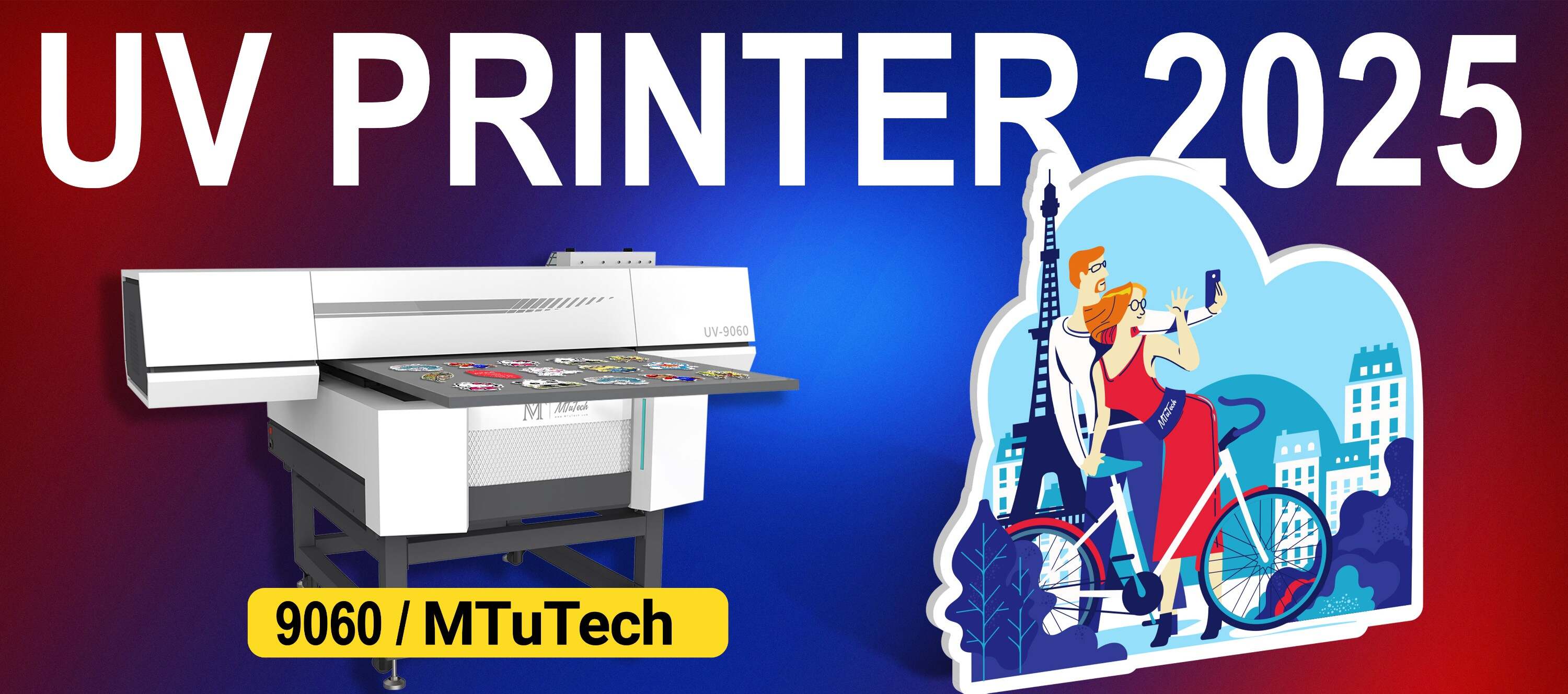How Visual Positioning Impacts UV Ink Consumption
Introduction
In the world of printing technology, UV printers have carved out a niche for themselves due to their ability to produce high-quality images on a variety of surfaces. However, despite their remarkable capabilities, an often-overlooked aspect of UV printers is the impact of visual positioning on ink consumption. The precision in visual positioning is not just a feature; it significantly influences the efficiency and output of the printing process. This blog post explores how visual positioning affects UV ink consumption and provides insights into maximizing your print operations.
Understanding Visual Positioning in UV Printing
Visual positioning refers to the alignment and calibration of the printer in relation to the material being printed on. In UV printing, correct visual positioning ensures that the ink is applied accurately to the designated areas of the substrate. Any misalignment can lead to excess ink usage, wasted materials, and eventually higher operational costs.
The Role of Calibration
Calibration is critical in visual positioning. A well-calibrated printer ensures that:
·
The print head is aligned with the substrate.
·
·
The distance between the print head and the material is optimal.
·
·
The ink droplet sizes and placements are consistent.
·
When these factors are in harmony, ink consumption can be optimized, resulting in better print quality with less waste.
Impact of Substrate Type
The type of substrate also plays a crucial role in visual positioning and ink usage. Some materials absorb ink differently, leading to varying consumption levels. For example:
·
Porous materials: Such as paper absorb more ink, which could potentially increase consumption.
·
·
Non-porous materials: Such as plastic or metals, may reflect extra ink, requiring adjustments in the positioning to reduce excess usage.
·
Understanding the substrate will enable better calibration for visual positioning, which is essential for minimizing ink waste.
Benefits of Optimizing Visual Positioning
Optimizing visual positioning can lead to several benefits in UV printing operations:
1. Cost Efficiency
Reduced ink consumption results in lower material costs. By ensuring accurate visual positioning, printers can achieve significant savings on ink. Precise alignment leads to less overspray and misprints, directly impacting the bottom line.
2. Enhanced Print Quality
When visual positioning is on point, print quality greatly improves. With less ink waste and better placement, the final output will have sharper details and vibrant colors. This is particularly important in industries like advertising, where the quality of print materials can influence brand perception.
3. Increased Productivity
Accurate visual positioning minimizes the need for reprints due to errors. This efficiency can lead to faster turnaround times and increased productivity. Fewer mistakes equate to more prints produced in less time, allowing businesses to meet tighter deadlines.
4. Environmental Benefits
Reducing ink consumption not only helps save costs but also benefits the environment. Lower usage of UV ink results in lesser waste produced and a reduced carbon footprint for businesses committed to sustainability.
Features to Consider in UV Printers
When selecting a UV printer, there are key features that enhance visual positioning and ink consumption:
1. Advanced Sensor Technology
Modern UV printers come equipped with advanced sensor technology that ensures precise alignment and calibration. These sensors continually monitor the printing process, making real-time adjustments to maintain optimal positioning.
2. User-Friendly Calibration Tools
Printers with intuitive calibration interfaces allow operators to make adjustments quickly and efficiently. This leads to improved handling and a reduced risk of misalignments.
3. Variable Droplet Technology
This technology controls the size of the ink droplets being printed. By adjusting droplet sizes according to the visual positioning, printers can reduce ink consumption while maintaining high-quality output.
4. Versatile Substrate Handling
A printer capable of handling a variety of substrates effectively can adapt its visual positioning strategies. The flexibility ensures that ink consumption is optimized across different materials.
Conclusion
As we have seen, visual positioning profoundly impacts UV ink consumption. Through precise calibration, consideration of substrate types, and the use of advanced technology, businesses can reduce ink waste, enhance print quality, increase productivity, and contribute positively to environmental sustainability.
For those considering investing in UV printers, understanding the importance of visual positioning can yield significant operational advantages. The right printer can make all the difference in meeting your business goals while maximizing ink efficiency. Explore our high-quality Visual Positioning uv printers here for an ideal solution tailored to your needs.
FAQ
What is visual positioning in UV printing?
Visual positioning refers to the accurate alignment and calibration of the UV printer in relation to the substrate. It affects how the ink is applied, directly influencing consumption rates and print quality.
How does substrate type affect ink consumption?
The type of substrate can significantly impact how much ink is absorbed or reflected. Porous materials tend to absorb more ink, while non-porous options may require adjustments to reduce overspray, affecting overall ink usage.
What are some benefits of optimizing visual positioning?
Optimizing visual positioning helps in reducing costs through lower ink consumption, enhances print quality, increases productivity, and offers environmental benefits by minimizing waste.
Which features should I look for in a UV printer for better visual positioning?
Look for printers with advanced sensor technology, user-friendly calibration tools, variable droplet technology, and versatile substrate handling capabilities to optimize visual positioning and reduce ink consumption effectively.

